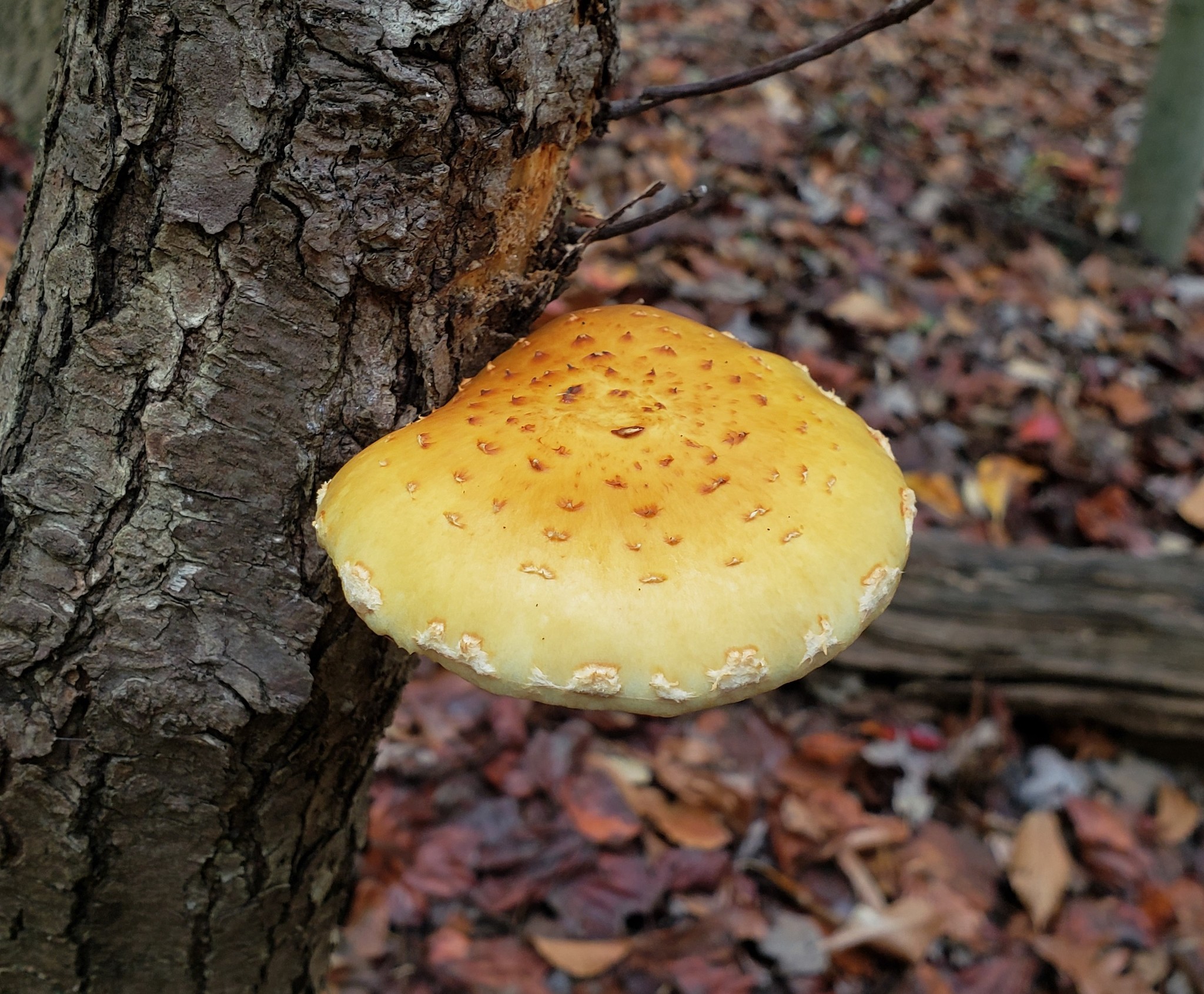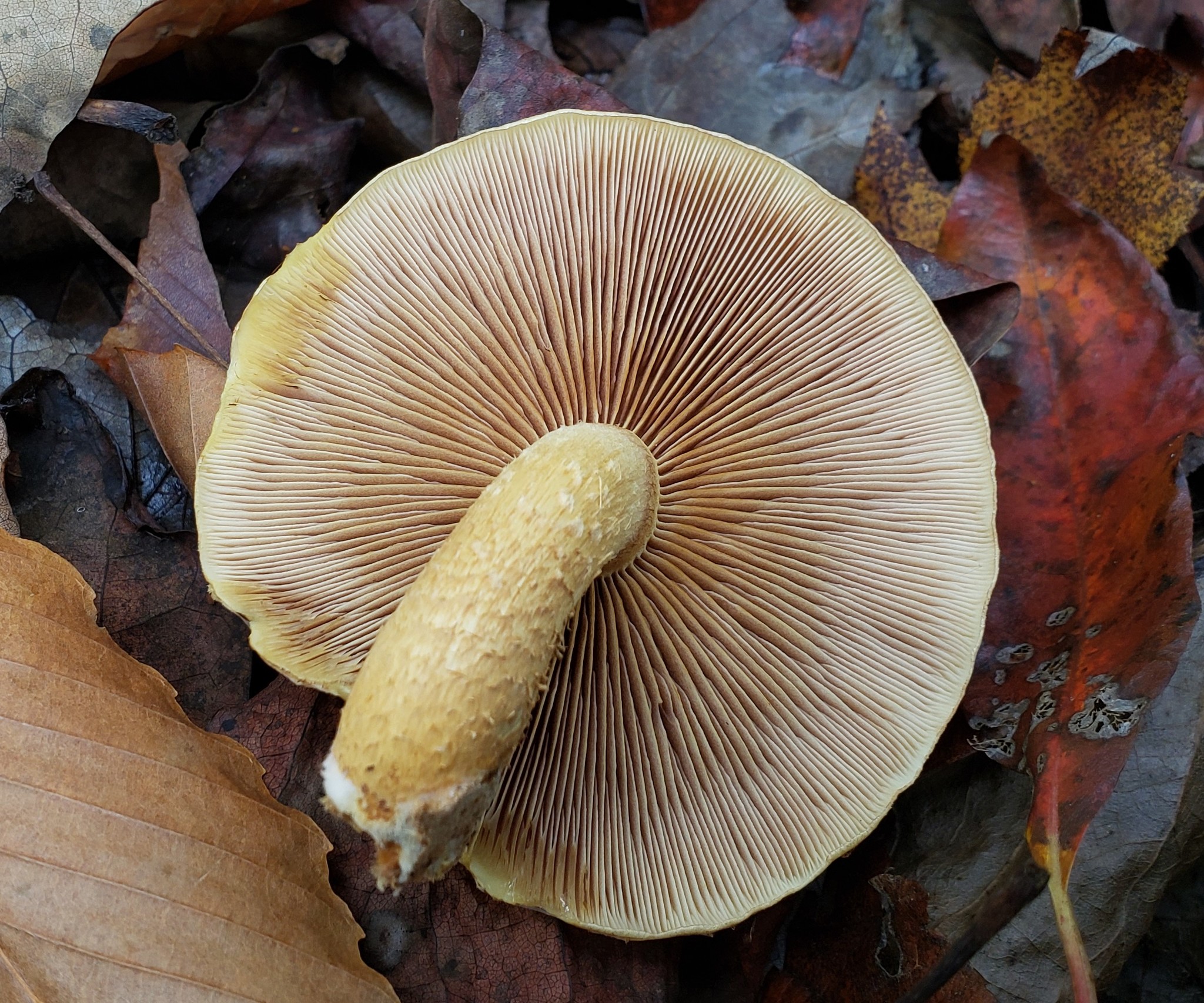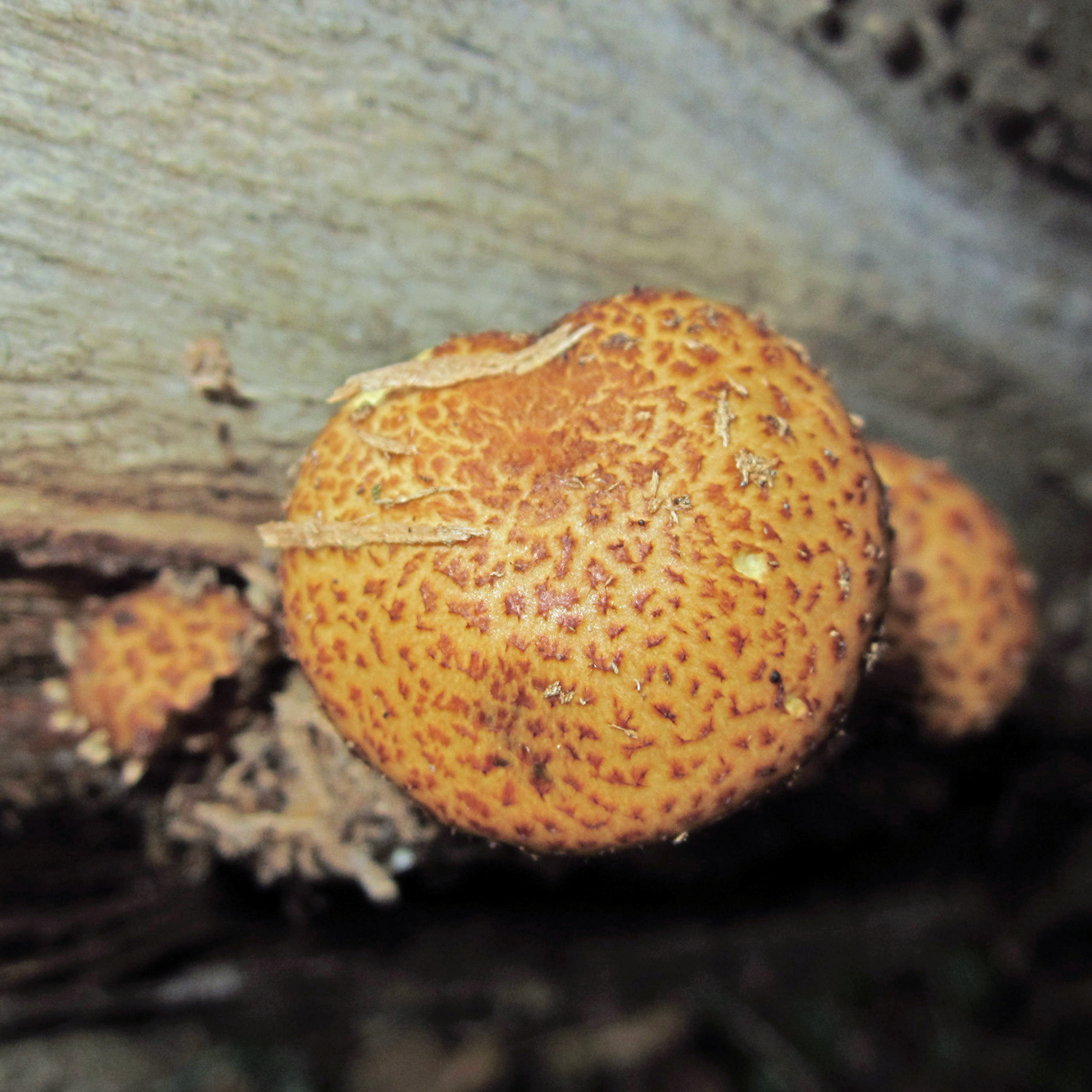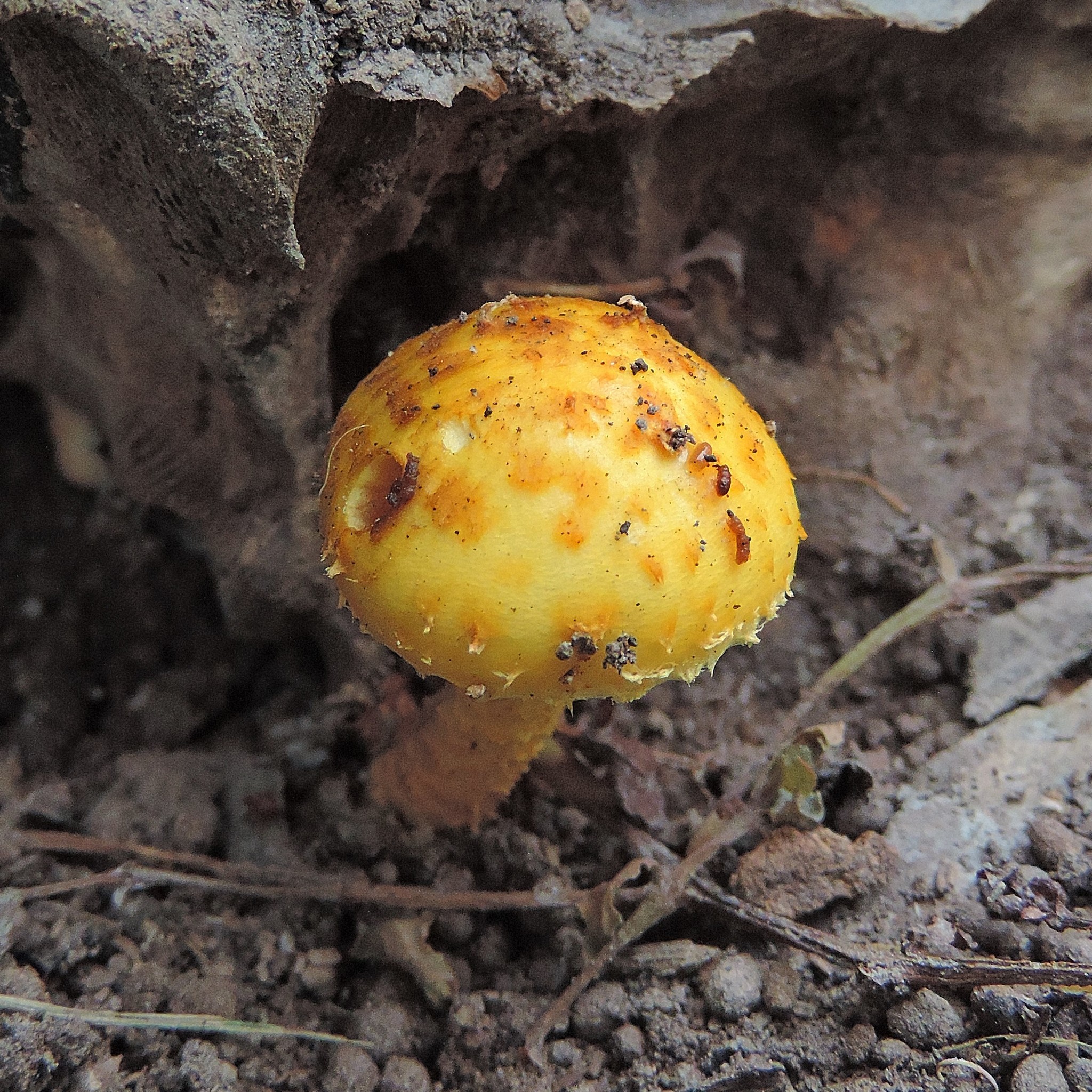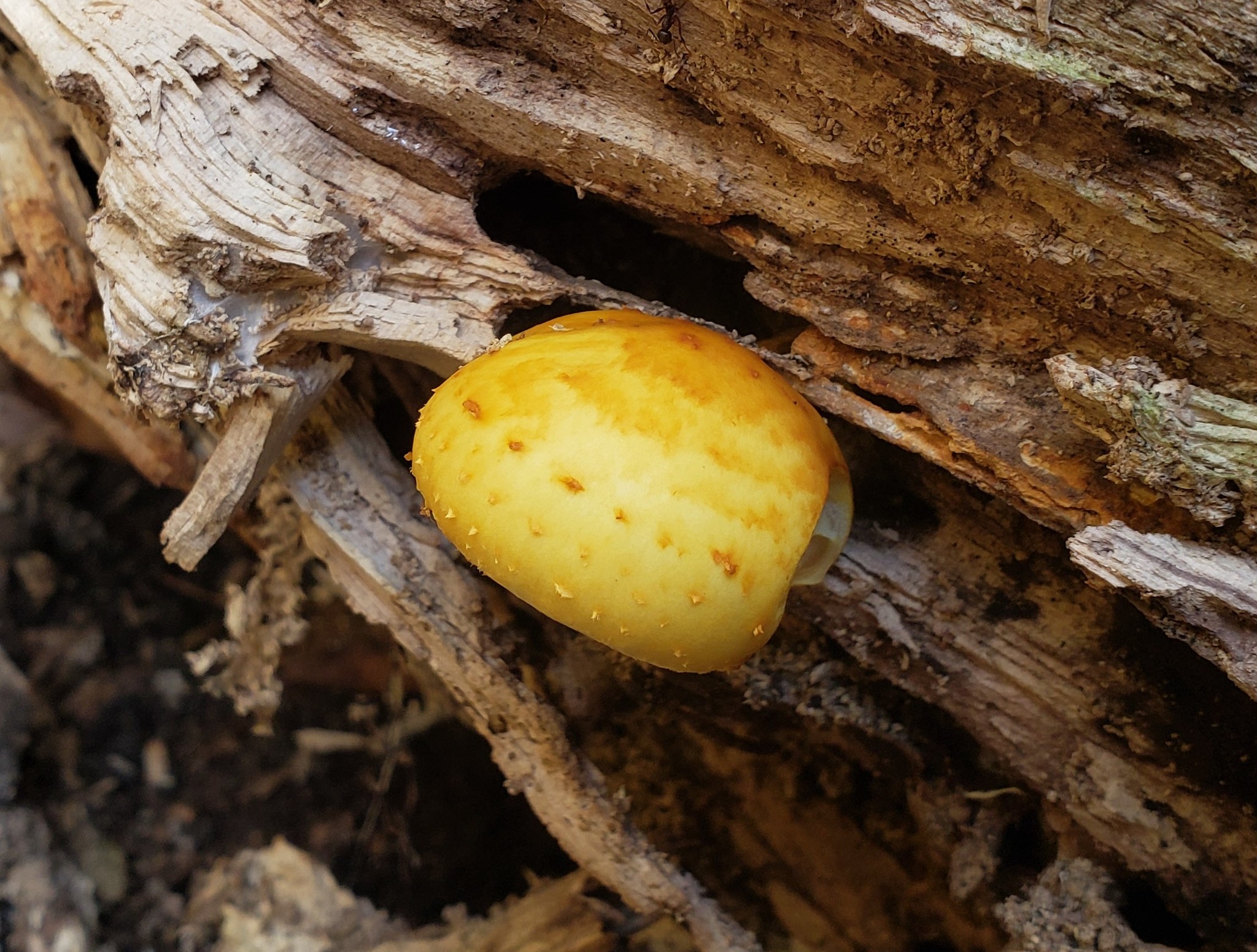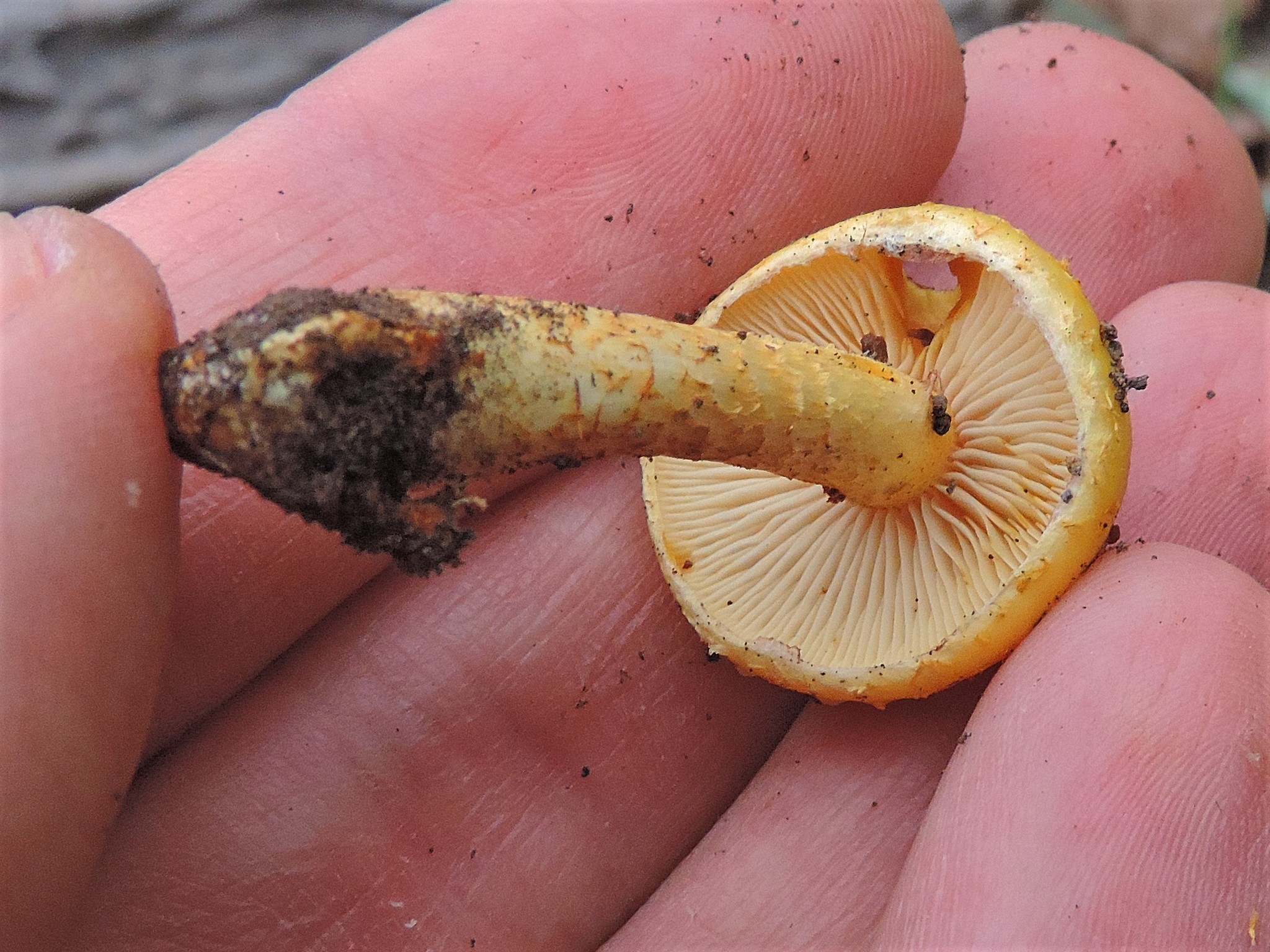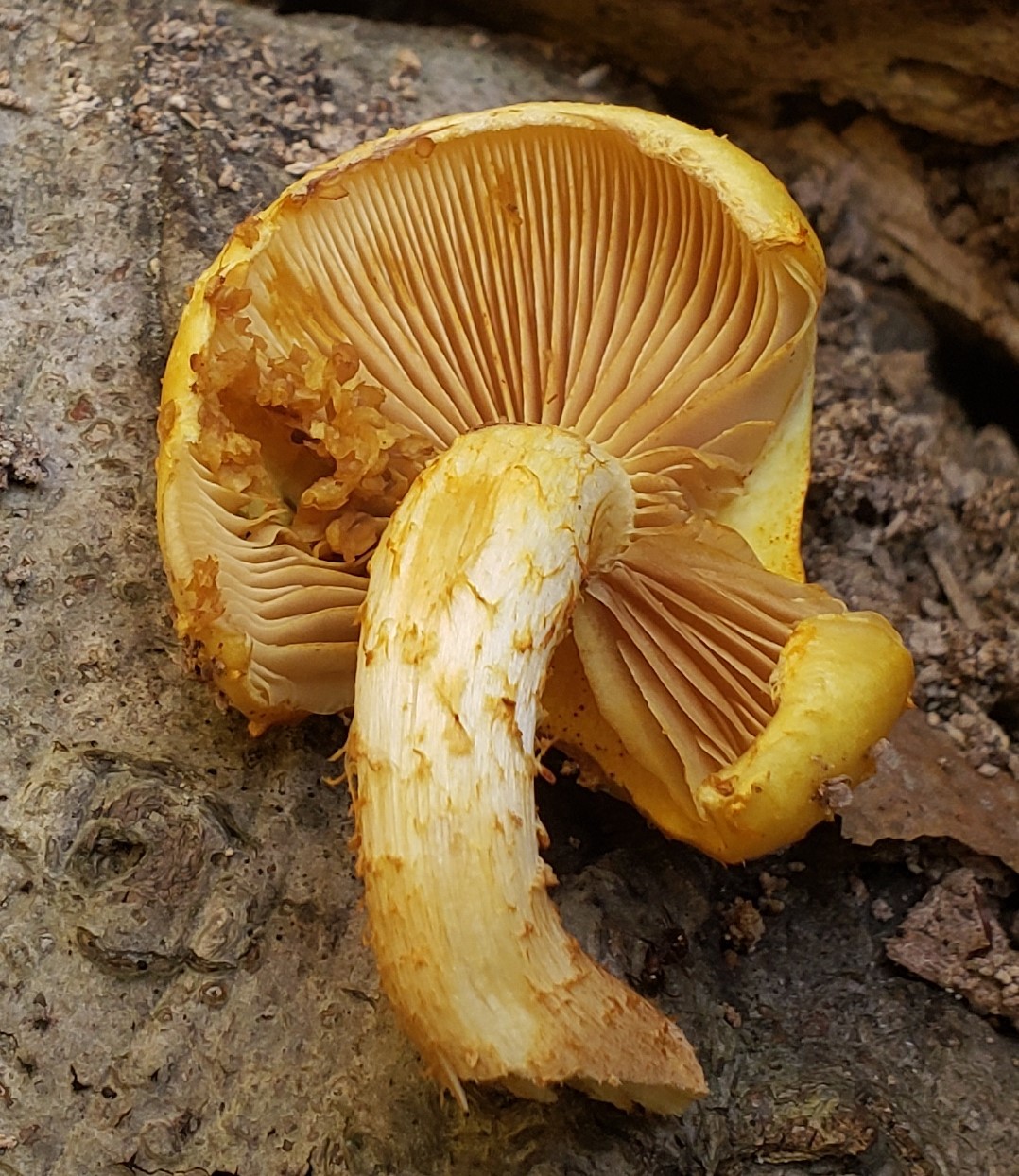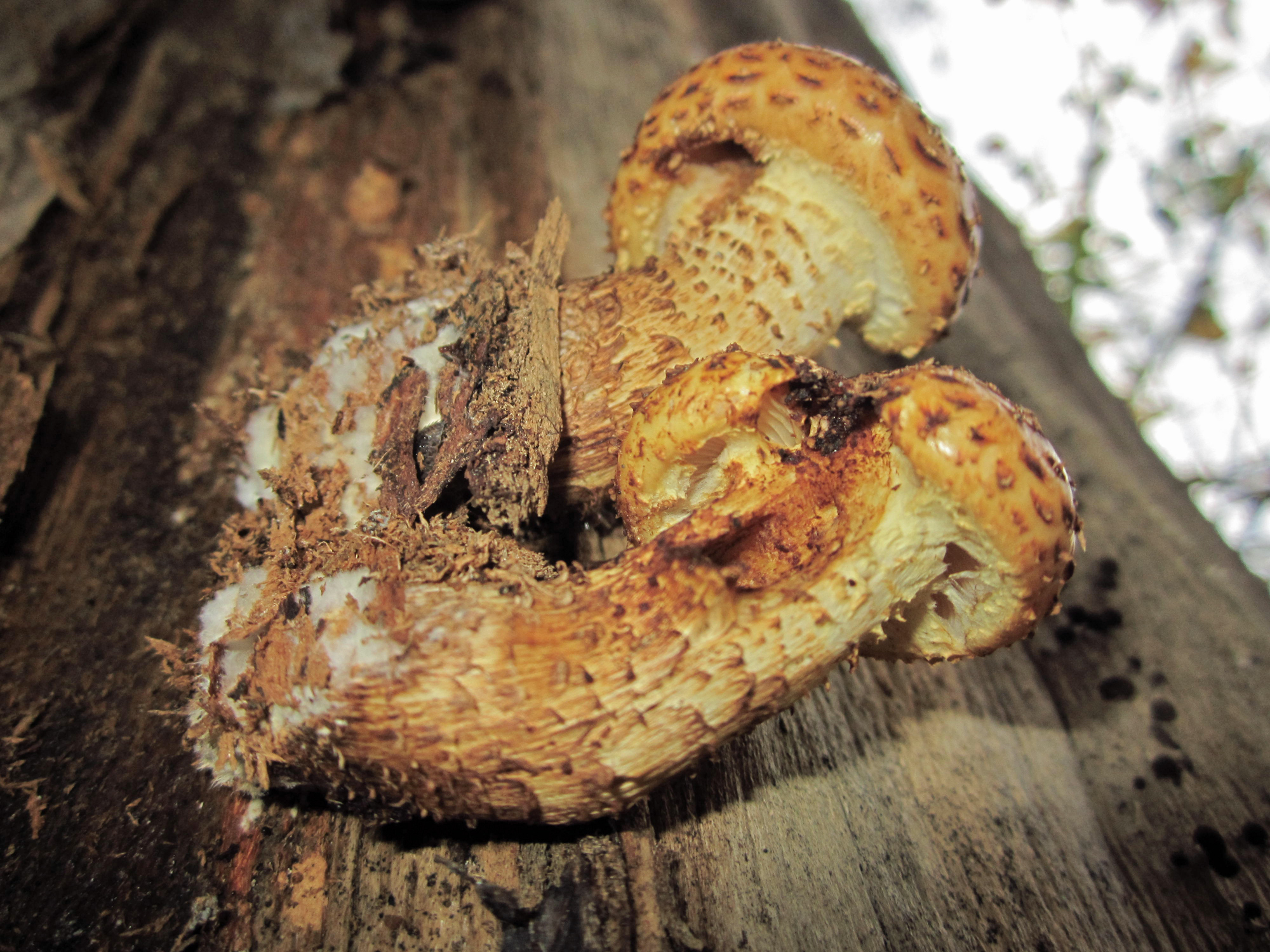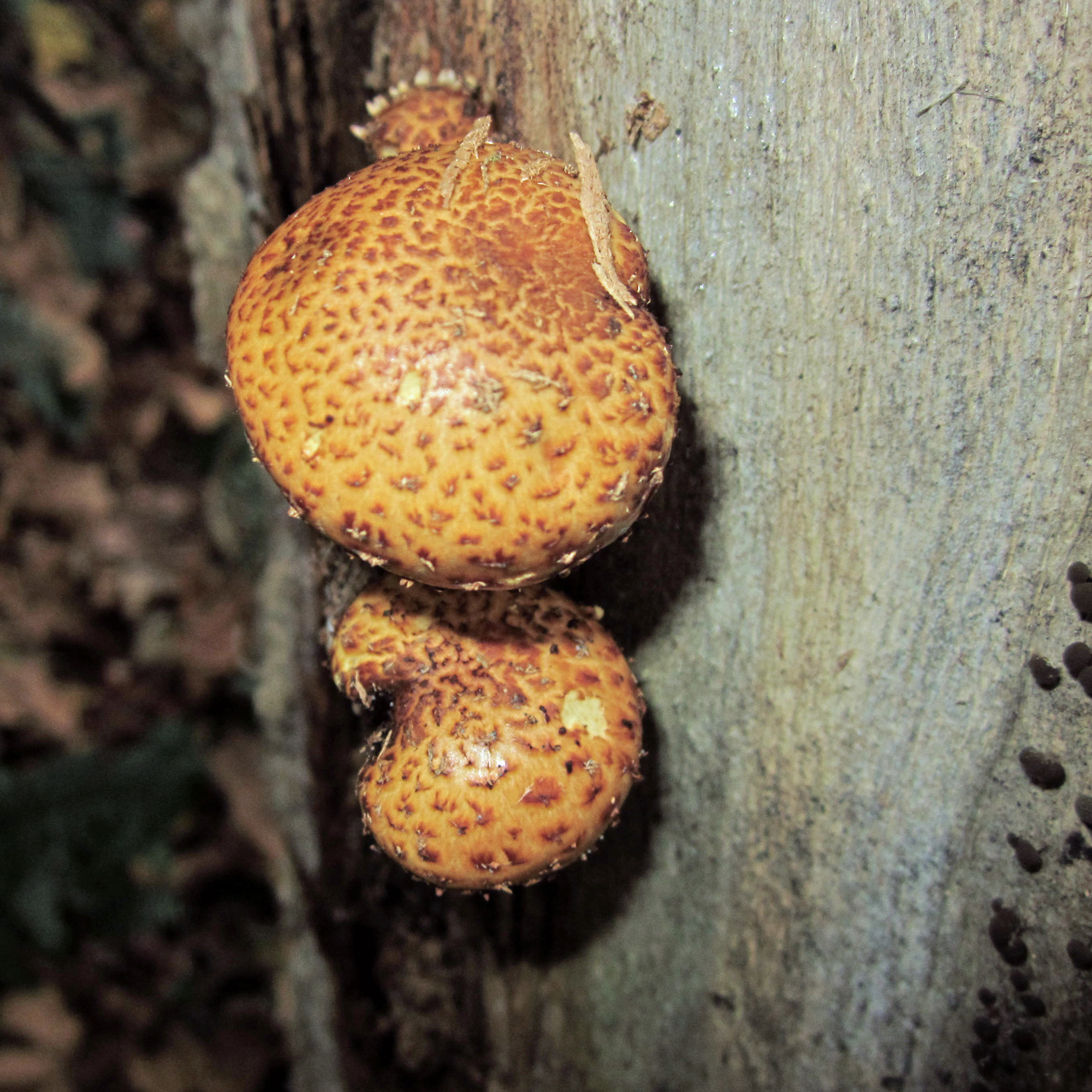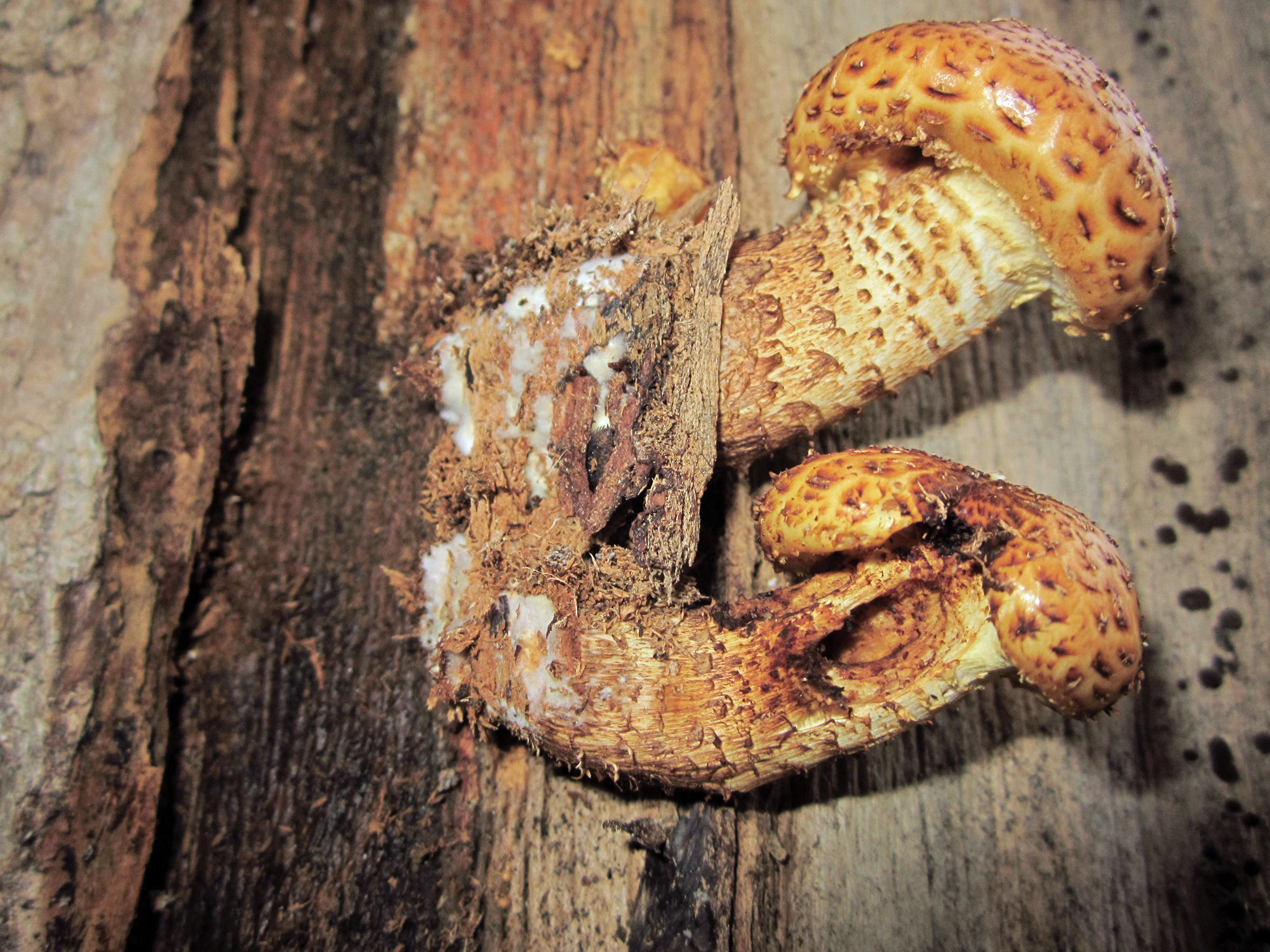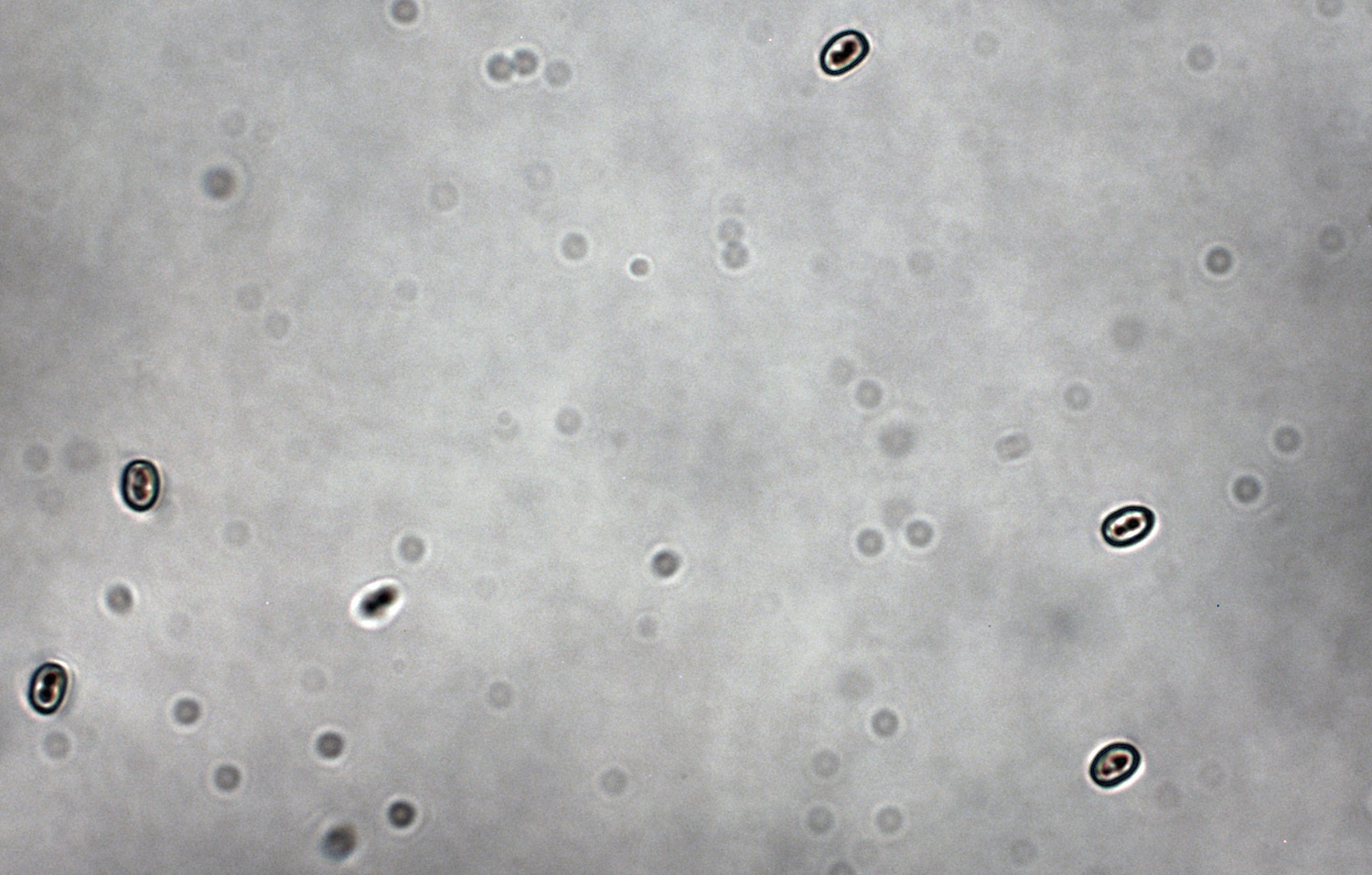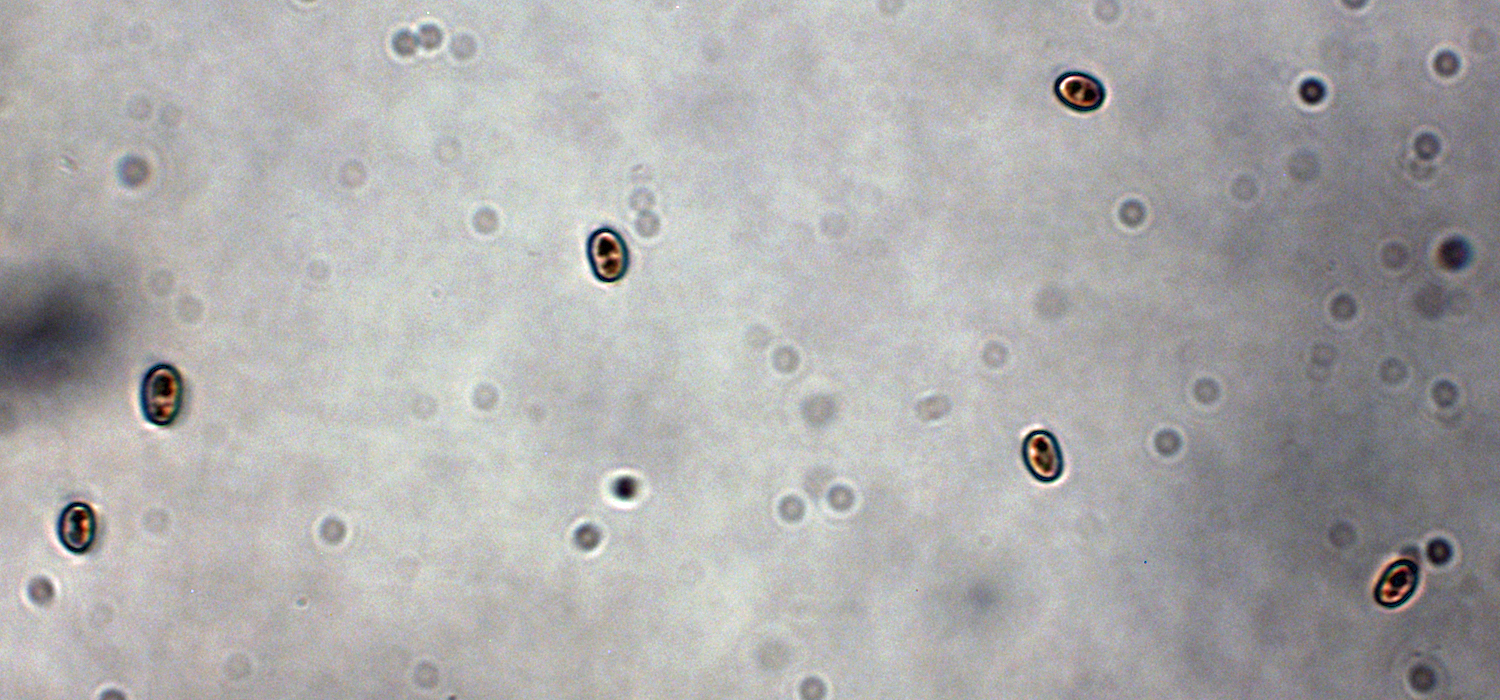Map Snapshot









18 Records
Seasonality Snapshot
Source: Wikipedia
| Pholiota aurivella | |
|---|---|

| |
| Scientific classification | |
| Domain: | Eukaryota |
| Kingdom: | Fungi |
| Division: | Basidiomycota |
| Class: | Agaricomycetes |
| Order: | Agaricales |
| Family: | Strophariaceae |
| Genus: | Pholiota |
| Species: | P. aurivella
|
| Binomial name | |
| Pholiota aurivella | |
| Synonyms[1][2] | |
| Pholiota aurivella | |
|---|---|
| Gills on hymenium | |
| Cap is campanulate | |
| Hymenium is adnate | |
| Stipe has a ring | |
| Spore print is brown | |
| Ecology is saprotrophic | |
| Edibility is inedible or edible, but unpalatable | |
Pholiota aurivella, commonly known as the golden pholiota,[3] is a species of fungus in the family Strophariaceae that is found in native forest of New Zealand,[4] southern Canada, and in the United States. It is frequently found in the American West and Southwest, especially in late summer and fall. Most field guides list it as inedible,[3][5][6] with one reporting that it contains toxins which cause gastric upset.[7] According to David Arora, the taste resembles "marshmallows without the sugar."[2][3] It is sticky or slimy when moist and grows in clusters on live or dead trees.[6][3]
The cap colour is bright to golden yellow, viscid when young with relatively dark scales. The stem is pale, and scaly closer to the bottom.[2]
Pholiota limonella and its subspecies are very similar, seeming to differ only in the spores.[2]
See also
[edit]References
[edit]- ^ "Pholiota aurivella (Batsch) P. Kumm. 1871". MycoBank. International Mycological Association. Retrieved 2013-04-06.
- ^ a b c d Trudell, Steve; Ammirati, Joe (2009). Mushrooms of the Pacific Northwest. Timber Press Field Guides. Portland, OR: Timber Press. p. 174. ISBN 978-0-88192-935-5.
- ^ a b c d Arora, David (1986). Mushrooms Demystified. Berkeley, California: Ten Speed Press. pp. 390–1. ISBN 0898151694.
- ^ Phillips, Roger (2010). Mushrooms and Other Fungi of North America. Buffalo, NY: Firefly Books. p. 201. ISBN 978-1-55407-651-2.
- ^ a b Bessette, Alan E. (1997). Mushrooms of Northeastern North America. Syracuse, New York: Syracuse University Press. ISBN 0815603886.
- ^ Miller Jr., Orson K.; Miller, Hope H. (2006). North American Mushrooms: A Field Guide to Edible and Inedible Fungi. Guilford, CN: FalconGuide. p. 265. ISBN 978-0-7627-3109-1.
- "Pholiota aurivella, Golden Scalycap Mushroom". www.first-nature.com. Retrieved 2023-05-23.
- "Taste of the Wild: Golden Pholiota". www.bio.brandeis.edu. Retrieved 2023-05-23.
External links
[edit] Media related to Pholiota aurivella at Wikimedia Commons
Media related to Pholiota aurivella at Wikimedia Commons
